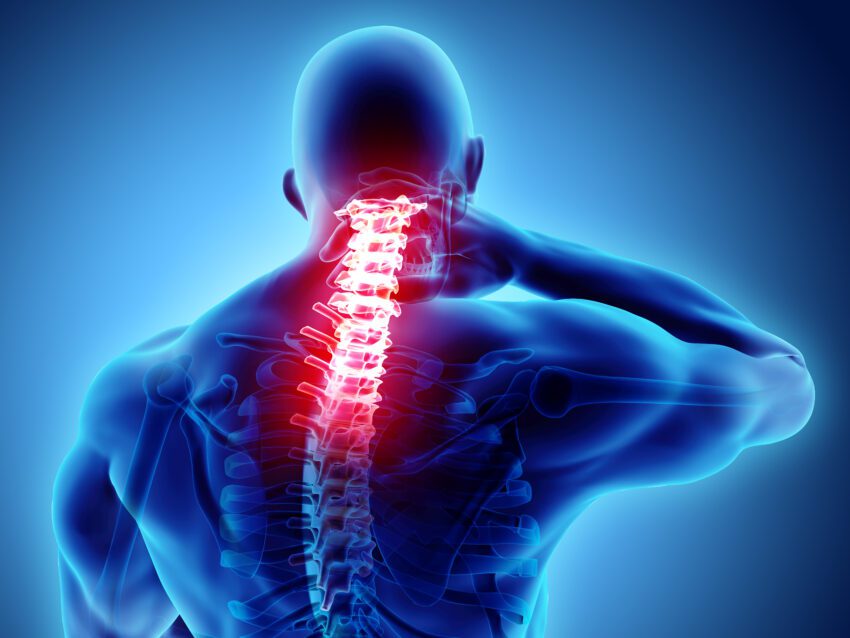What are the symptoms of spinal arthritis? The term arthritis can be used to describe any condition that affects the body’s joints or the tissues surrounding those joints. This includes the facet joints, or the joints that connect the bones of the spine, which are the joints most commonly affected by spinal arthritis.
While all arthritis leads to inflammation, the condition is typically characterized as inflammatory or noninflammatory (degenerative), depending on the underlying cause, which may include general wear and tear, infection, or underlying diseases. There are dozens of different kinds of arthritis that can affect the back, each with different causes, symptoms, and treatment methods. The most common form of spinal arthritis is called osteoarthritis of the spine.
Common Symptoms of Spinal Arthritis
Understanding the signs and symptoms of spinal arthritis requires knowing a bit about the anatomy of the spine. There are 33 vertebrae in the spine and positioned between the vertebrae are round, rubbery discs, which hold the vertebrae together and provide cushioning for the bones so they don’t rub against one another. The facet joints are the joints that connect each of the vertebrae in the spine. These joints help stabilize the spine and give the spine its flexibility, allowing the back and neck to bend and twist without causing injury. Where the facet joints meet, there is cartilage, which acts as a shock absorber and allows the bones to move against one another without causing friction.
>>>> Become a Spinal Champion with us!
The facet joints in the spine bear a great deal of weight and are always in motion, which makes them prone to damage. Over time, everyday wear and tear can cause the cartilage in the facet joints or the vertebral discs to deteriorate, causing friction or other painful problems. Not everyone with spinal arthritis experiences symptoms of the condition. In those who do, the most common symptoms of arthritis in the spine are pain and stiffness that develop gradually and do not go away. This pain occurs most often in the lower back, or the lumbar spine, and may become chronic. Serious cases of spinal arthritis may be accompanied by other conditions, such as degenerative disc disease or spinal stenosis, in which case the following symptoms may occur:
- Numbness or tingling in the hands or feet
- Progressive weakness in the arms or legs
- Severe back pain that interferes with daily activities
- Loss of bladder and/or bowel control
- Shooting or burning pain in the arms or legs
>>>>>> Join our private, patient support community here!
Risk Factors for Spinal Arthritis
If you are experiencing back pain that has been diagnosed as spinal arthritis, you may be wondering what caused the condition. In many cases, the exact cause of spinal arthritis is unknown. However, one common cause is general wear and tear, as the cartilage between the facet joints gradually breaks down, leading to pain and inflammation. Some forms of spinal arthritis may even be hereditary. Other possible risk factors for spinal arthritis include:
- Age
- Obesity
- Injury or trauma to the joint
- The existence of other medical conditions, such as diabetes, Lyme disease, or gout
How to Know if You Have Arthritis on the Spine
About 80% of back pain is acute, and this type of back pain usually lasts less than seven days. Pain that lasts longer than seven days is considered chronic, and one of the most common causes of chronic back pain is spinal arthritis. If you are experiencing persistent pain or stiffness in your back, especially in your lower back, you could be one of the 50 million American adults with arthritis of the spine.




